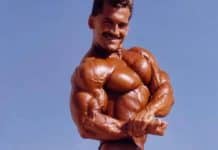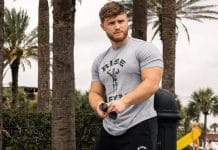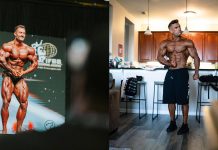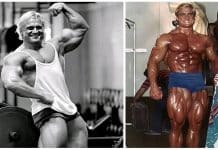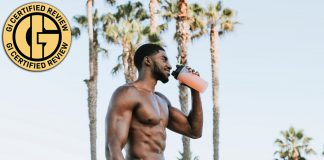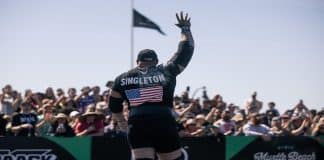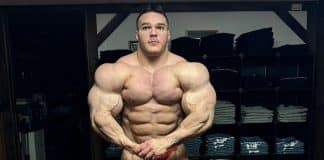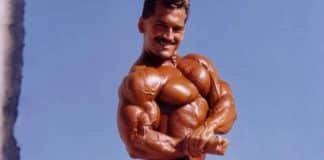
While Weight Training Will Substantially Build Lower Extremity Strength, It Is Possible To Develop The Legs Through Home Training
Often, people view weight training as the ultimate training method. While it is undoubtedly highly effective for improving strength, there are other resistance training methods.
While you won’t be lifting heavy loads, bodyweight training is still an excellent tool for developing strength, power, and movement.
One of the best things about bodyweight exercises is that they are highly versatile, convenient, and require no equipment.
This article will cover a number of highly effective bodyweight exercises and workouts that can be performed at home to increase leg strength.
The Most Effective Leg Strengthening Exercises To Do At Home
Strong legs can have an array of benefits on exercise and day-to-day activities. It has been shown to improve athletic performance (1) and quality of life in older adults (2).
While there is a range of bodyweight exercises, this section will highlight five of the best exercises that should be incorporated into home training.
Additionally, it will also highlight the unique characteristics and benefits associated with each exercise.
Bodyweight Squats
Probably the most commonly used home workout exercise is the squat. It is a foundational human movement that can lead to improvements in strength, size, and endurance.
One of the best things about the squat is the number of variations that can be performed, such as the conventional, narrow, sumo, and cossack squat.
Each variation has slightly differing demands and can be used to target specific muscle groups.
Bodyweight Squat Technique:
- Start with a stance that is slightly wider than hip-width and point the toes out
- Lift the chest and brace the core
- In a controlled manner, hinge the hips and bend the knees
- Lower the body down until the thigh is approximately parallel with the floor
- Drive through the heels and stand
Bulgarian Split Squats
The Bulgarian split squat is an excellent developer of the quadriceps and glutes. It is also a unilateral (or single-limb) exercise.
Unilateral exercises such as this can effectively be used to build single-leg strength, develop balance, and correct muscular imbalances.
Furthermore, the Bulgarian split squat is highly functional as it shares similar movement patterns to running, jumping, and sprinting.
Bulgarian Split Squat Technique:
- Set an object, like a chair or bench, behind the body
- Extend one leg behind the body and place the foot on the object
- Drive the chest up and engage the core muscles
- Bend the front knee and lower until the back knee nears the floor
- Drive hard through the heel of the front foot and stand
- Alternate side and repeat
 Pistol Squats
Pistol Squats
On the topic of unilateral exercises, the pistol squat is another first-rate exercise that will also build quad and glute strength as well as balance and stability.
Be aware that this exercise demands a good amount of mobility through the hips, knees, and ankles.
Therefore, it may be necessary to gradually build up to a full pistol squat. Failure to do so may increase the risk of injuring the knee and ankle.
Pistol Squat Technique:
- Start with the feet directly under the hips with the toes pointed forward
- Lift the chest, squeeze the core, and lift one foot from the floor
- Simultaneously hinge the hip and bend the knee to lower the body towards the floor
- Keep the arms and non-working leg straight and extended out in front of the body
- Once depth has been achieved, push hard through the heel and stand up
- Swap leg and repeat
Glute Bridges
While the exercises listed thus far are quad-dominant, the glute bridge is an exercise that targets the glutes and quads. It can be performed either bilaterally or unilaterally.
It is not uncommon for individuals to overdevelop the anterior muscles and neglect the posterior muscles.
Therefore, it is vastly important that posterior-chain exercises, such as the glute bridge, are performed regularly.
Glute Bridge Technique:
- Lie on the floor with the feet slightly wider than hip-width and toes turned out
- Lift the chest, engage the core, and press the palms into the floor
- Push through the heels and drive the hips upward, squeezing the glutes at the top
- Control the descent back down to the floor
Plyometric Jumps
Plyometrics (or jump training) are commonly used to develop explosiveness, power, and strength.
For those who play a sport or wish to improve their athleticism, plyometrics should be incorporated into training (3).
There is a range of plyometric exercises that can develop leg strength including the squat, tuck, split squat, lateral, and broad jump.
Squat Jump Technique:
- Start in a squat stance – feet wider than hips and toes turned out
- Drive the chest up and brace the core muscles
- Rapidly dip the hips and knees before powerfully extending into a maximal jump
- Land with the feet wider than hips and keep the knees out
- Upon contact with the floor, immediately spring up into the next jump
The Three Workouts
This section will outline the three home workouts in detail. It will provide detail on the training structure used and the purposes and benefits associated with the workout.
Workout 1 – Keep On Lunging
While this workout has the simplest structure of all three workouts, don’t be deceived. There is no denying this is a tough workout.
While it only takes fifteen minutes to complete this workout, you will perform fifteen rounds of lunging and burpees in this time.
The walking lunge is the primary exercise that will help to develop leg strength while the burpee is programmed to develop both aerobic and mental capacity.
The workout is an EMOM which means every minute on the minute. As the name suggests, the goal is to complete the prescribed number of reps during each minute of the workout.
The amount of rest that you get depends on how quickly you complete the reps. Once that minute is over, you start the next round.
| EMOM: |
| 15-20 Bodyweight Walking Lunges |
| 5 Burpees |
Workout 2 – Glutes, Quads, and Hamstrings
As highlighted, it is vitally important that you work your posterior chain. Not only are these muscles often underdeveloped, they play a huge role in generating movement, and enhancing stability.
This workout utilizes one posterior chain exercises in combination with an anterior chain exercise to comprehensively work the muscles of the legs.
Supersets are used in this workout (as highlighted by “A” and “B”). These involve performing two exercises back to back with no rest.
Only once the superset has been completed should you then take a short rest.
| Exercise | Volume |
|
4 sets x 15 reps
4 x 60 secs |
|
4 x 8 (per leg)
4 x 6 – 8 |
|
4 x 20 – 30
4 x 8 (per leg) |
Workout 3 – Lower Body Dynamic
While workout one and two are strenuous and place a lot of demand on the body, the final workout is all about facilitating recovery by enhancing movement and mobility.
As a result, this workout is less demanding than the other two.
Workout three involves performing four exercises in a circuit. These exercises should be performed in order without any rest between them.
Considering the purpose of this workout, the circuit should be performed at a leisurely pace with the focus being on technique and a full range of motion.
The circuit is to be performed two or three times. Rest as needed between each round.
| Circuit: |
| Walking Lunge x 20 |
| Jumping Jacks x 20 |
| Lateral Shuffles x 20 |
| Plank x 60 secs |
The Importance of Progressive Overload
Having covered the three workouts, let’s now briefly consider an important training principle known as progressive overload.
During physical activity, the body is exposed to a training stimulus. As a result of this stimulus, the body adapts and strengthens.
However, if this training stimulus remains unchanged, the body will adapt to the point where it can comfortably deal with the exercise demands. Therefore, adaptations will slow or cease.
To ensure that the body continually adapts and strengthens, you need to apply progressive overload. This involves gradually increasing training intensity over time.
There are three main ways of increasing training intensity. You could either increase the number of reps, reduce the rest periods, or utilize more challenging exercise variations.
Therefore, with each of the three outlined workouts, ensure that you gradually increase the intensity by manipulating the reps, rest, or exercise.
Final Word
There are many benefits associated with developing leg strength. These include improving exercise performance, movement, and balance.
While working out with weights is highly effective, home workouts are often more accommodating and convenient. The three workouts outlined in this article are excellent examples of functional home-based training.
References:
1 – Suchomel, Timothy J.; Nimphius, Sophia; Stone, Michael H. (2016-10). “The Importance of Muscular Strength in Athletic Performance”. Sports Medicine (Auckland, N.Z.). 46 (10): 1419–1449. doi:10.1007/s40279-016-0486-0. ISSN 1179-2035. PMID 26838985.
2 -Saeterbakken, Atle Hole; Bårdstu, Hilde Bremseth; Brudeseth, Anine; Andersen, Vidar (2018-06-03). “Effects of Strength Training on Muscle Properties, Physical Function, and Physical Activity among Frail Older People: A Pilot Study”. Journal of Aging Research. 2018. doi:10.1155/2018/8916274. ISSN 2090-2204. PMC 6008824. PMID 29988285.
3 – Slimani, Maamer; Chamari, Karim; Miarka, Bianca; Del Vecchio, Fabricio B.; Chéour, Foued (2016-10-14). “Effects of Plyometric Training on Physical Fitness in Team Sport Athletes: A Systematic Review”. Journal of Human Kinetics. 53: 231–247. doi:10.1515/hukin-2016-0026. ISSN 1640-5544. PMC 5260592. PMID 28149427.


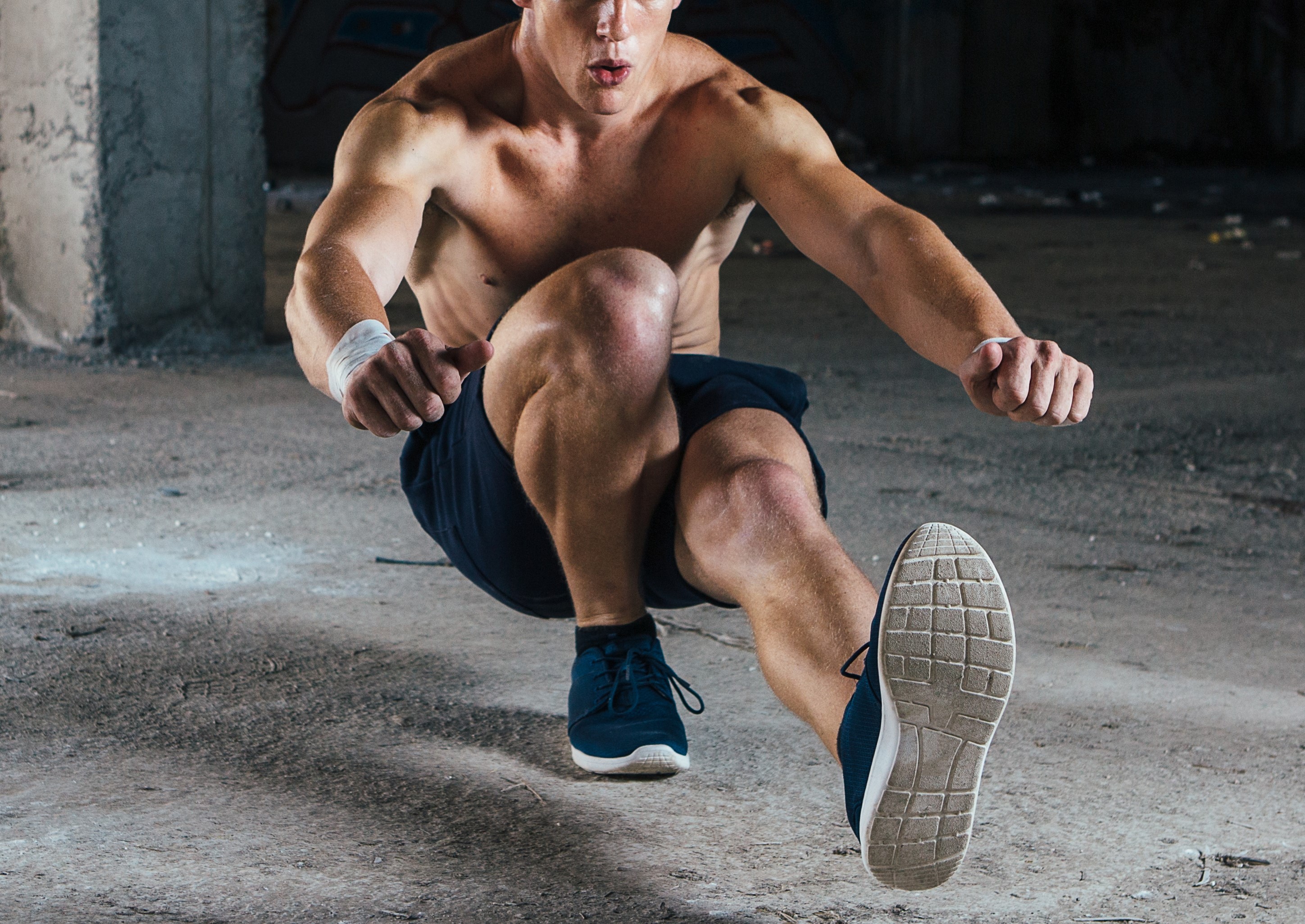 Pistol Squats
Pistol Squats